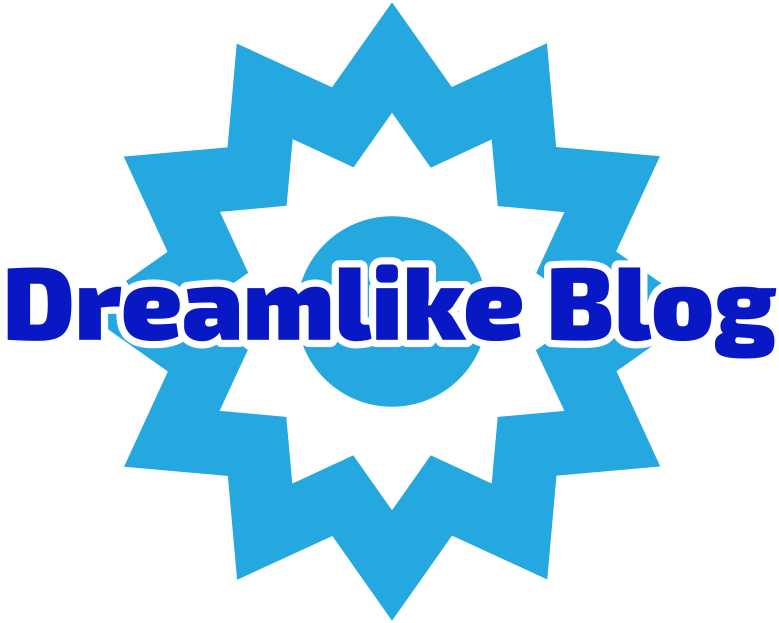When it comes to constructing a durable and moisture-resistant foundation, selecting the right vapor barrier for under slab applications is crucial. A vapor barrier serves as a protective layer that prevents moisture from penetrating the concrete slab, which can lead to a myriad of issues, including mold growth, structural damage, and compromised indoor air quality. In this article, we will delve into the various types of vapor barriers available, their properties, and the best practices for installation, ensuring that you make an informed decision for your construction project.
Understanding Vapor Barriers
A vapor barrier is typically a sheet of plastic or other material that is installed beneath a concrete slab to inhibit moisture migration from the ground into the building. The effectiveness of a vapor barrier is determined by its permeability, thickness, and material composition. The primary goal is to create a continuous, impermeable layer that prevents moisture from seeping through the slab, thereby protecting the building's structural integrity and indoor environment.
Types of Vapor Barriers
- Polyethylene Sheeting:
- Description: Polyethylene (PE) sheeting is the most commonly used vapor barrier due to its affordability and effectiveness. It is available in various thicknesses, typically ranging from 6 mil to 20 mil.
- Pros: Cost-effective, easy to install, and widely available.
- Cons: Thinner sheets may be prone to punctures and tears, which can compromise their effectiveness.
- Foil-faced Vapor Barriers:
- Description: These barriers consist of a layer of aluminum foil bonded to a substrate, providing excellent moisture resistance and thermal insulation.
- Pros: Reflective properties help in reducing heat loss, making them suitable for energy-efficient buildings.
- Cons: More expensive than polyethylene and may require careful handling during installation to avoid damage.
- Rubberized Asphalt Membranes:
- Description: These are thicker, more robust membranes that provide superior moisture protection and are often used in high-risk areas.
- Pros: Highly durable, resistant to punctures, and can withstand extreme temperatures.
- Cons: Higher cost and more complex installation process.
- Self-Adhering Membranes:
- Description: These membranes come with an adhesive backing that allows for easy installation directly onto the substrate.
- Pros: Quick and easy to install, providing a reliable seal against moisture.
- Cons: May not be as widely available and can be more expensive than traditional polyethylene sheeting.
Key Considerations for Choosing the Best Vapor Barrier
- Permeability: The permeability of a vapor barrier is measured in perms. A lower perm rating indicates a better moisture barrier. For under-slab applications, a vapor barrier with a perm rating of 0.1 or lower is recommended.
- Thickness: Thicker barriers generally provide better protection against punctures and tears. A minimum thickness of 10 mil is often recommended for under-slab applications.
- Installation Environment: Consider the specific conditions of the site, including soil moisture levels and climate. In areas with high groundwater or extreme humidity, a more robust vapor barrier may be necessary.
- Building Use: The intended use of the building can influence the choice of vapor barrier. For example, residential buildings may require different specifications compared to commercial or industrial structures.
Installation Best Practices
- Site Preparation: Ensure the subgrade is clean, level, and free of sharp objects that could damage the vapor barrier.
- Seaming and Overlapping: When installing the vapor barrier, seams should be overlapped by at least 12 inches and sealed with appropriate tape to prevent moisture intrusion.
- Protection During Concrete Pouring: Take precautions to protect the vapor barrier during the concrete pouring process to avoid punctures or displacements.
- Inspection: Conduct a thorough inspection of the installed vapor barrier before pouring the concrete slab to ensure there are no gaps or damages.
Conclusion
Selecting the best vapor barrier for under slab applications is a critical decision that can significantly impact the longevity and performance of a building. By understanding the different types of vapor barriers, their properties, and the best practices for installation, construction professionals can make informed choices that enhance the durability and moisture resistance of their projects. Whether you opt for polyethylene sheeting, foil-faced membranes, rubberized asphalt, or self-adhering options, ensuring proper installation and maintenance will safeguard your investment against moisture-related issues for years to come.
